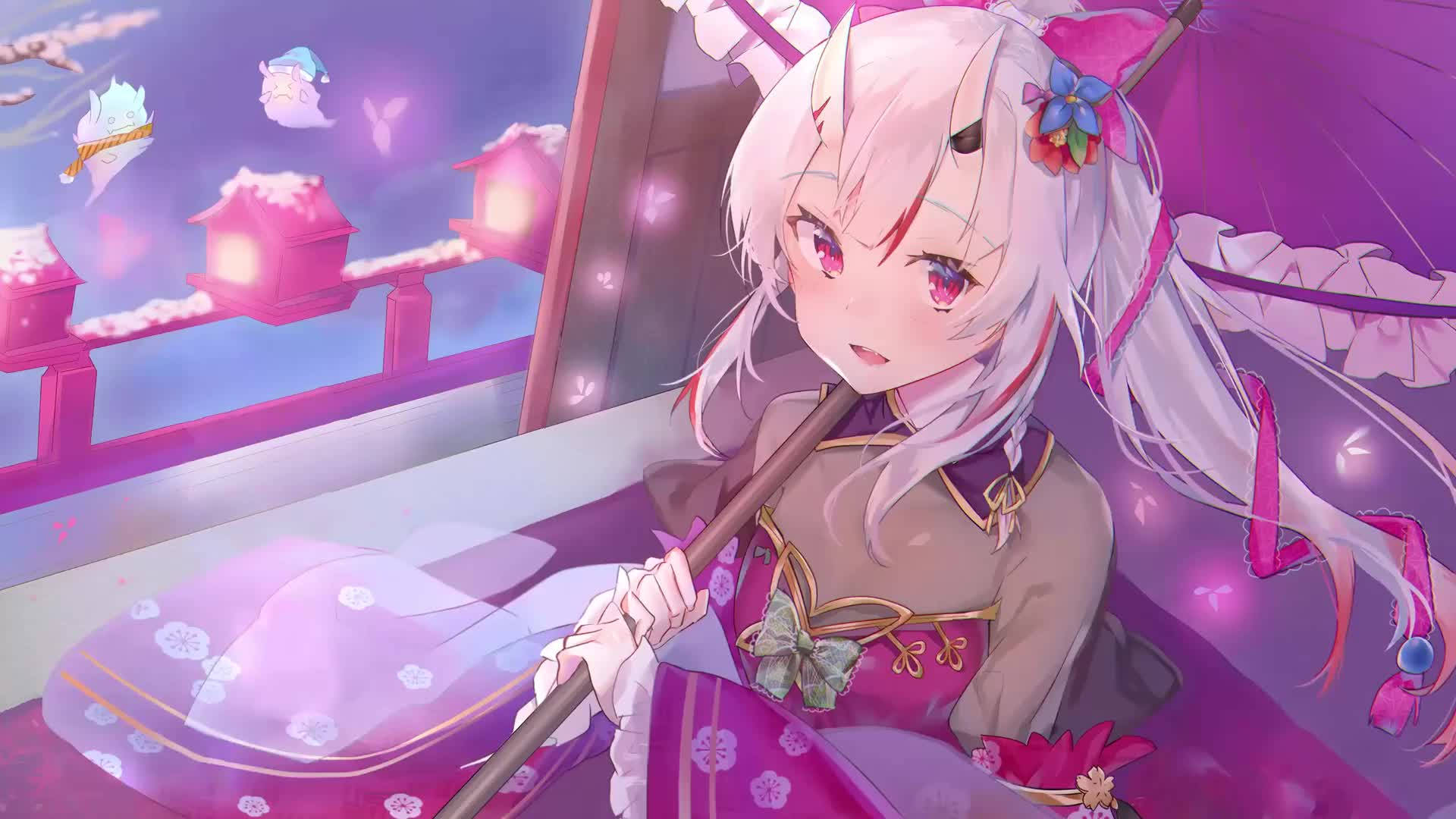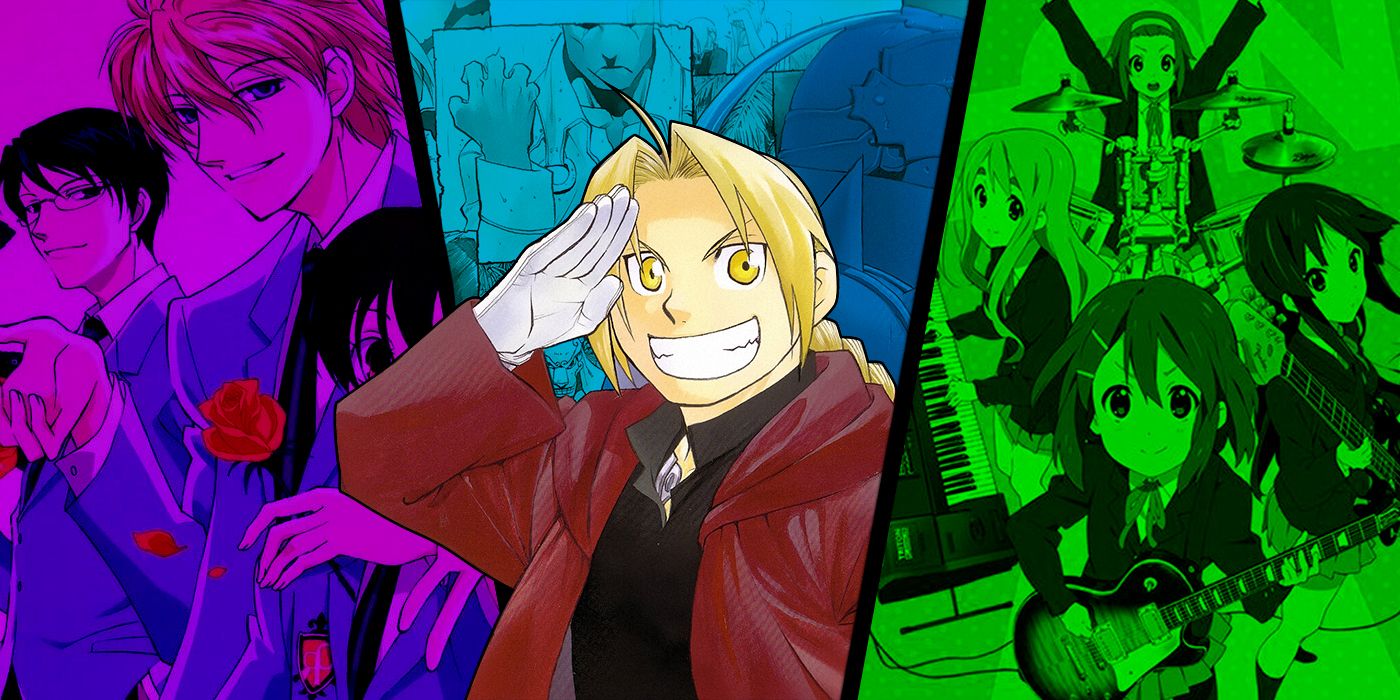Anime has become a global phenomenon, captivating audiences worldwide with its unique art style, diverse storytelling, and cultural significance. From its humble beginnings in Japan to its current status as a mainstream form of entertainment, anime continues to evolve and inspire. This article delves into the fascinating world of anime, exploring its history, cultural impact, and the reasons behind its widespread popularity.
Anime is much more than just animated shows or movies; it represents a rich tapestry of artistic expression and cultural identity. Through this guide, we aim to provide a detailed overview of anime's influence on global culture and its significance in the entertainment industry.
Whether you're a long-time fan or a newcomer to the world of anime, this article will equip you with valuable insights and knowledge about anime's origins, evolution, and its current role in shaping modern media consumption.
Read also:What Is Sone385 A Comprehensive Guide To Its Features And Benefits
Table of Contents
- The History of Anime
- Exploring Anime Genres
- Anime Production Process
- Cultural Impact of Anime
- Global Popularity of Anime
- Business Aspect of Anime Industry
- Role of Technology in Anime
- Anime Community and Fandom
- The Future of Anime
- Conclusion
The History of Anime
Origins of Anime
Anime traces its roots back to the early 20th century when Japanese artists began experimenting with animation techniques inspired by Western cartoons. The first known Japanese animation, "Namakura Gatana," was produced in 1917. Over the decades, anime evolved from simple black-and-white shorts to the vibrant, colorful productions we see today.
Key Milestones in Anime Development
Several milestones marked the growth of anime:
- 1960s: The launch of "Astro Boy" by Osamu Tezuka, often regarded as the "God of Manga," marked the beginning of anime's popularity.
- 1980s: The rise of iconic series like "Dragon Ball" and "Akira" helped anime gain international recognition.
- 1990s: Shows such as "Neon Genesis Evangelion" and "Sailor Moon" expanded anime's audience demographics.
Exploring Anime Genres
Popular Anime Genres
Anime offers a wide variety of genres catering to different tastes and preferences:
- Shonen: Targeted at young male audiences, featuring action-packed series like "Naruto" and "One Piece."
- Shojo: Focused on romance and drama, aimed at young female viewers, such as "Fruits Basket" and "Sailor Moon."
- Seinen: More mature themes and complex narratives, seen in shows like "Attack on Titan" and "Death Note."
- Josei: Realistic portrayals of adult life, often targeting older female audiences, exemplified by "Usagi Drop."
Subgenres and Themes
Beyond primary genres, anime also explores subgenres and themes such as mecha, magical girl, slice of life, and psychological thrillers. These subgenres add depth and diversity to the medium, attracting a broad range of fans.
Anime Production Process
From Concept to Screen
Anime production involves several stages:
- Planning: Developing the concept, script, and character designs.
- Animation: Creating keyframes, in-between frames, and background art.
- Sound: Recording voiceovers, sound effects, and music.
- Editing: Assembling all elements into the final product.
Challenges in Anime Production
Despite its popularity, anime production faces challenges such as tight budgets, long working hours, and the need to balance creativity with commercial viability. Understanding these challenges provides insight into the dedication and passion of anime creators.
Read also:Grith Master Vs Miaz A Comprehensive Analysis Of Two Gaming Legends
Cultural Impact of Anime
Anime as a Cultural Ambassador
Anime serves as a cultural ambassador, introducing global audiences to Japanese traditions, values, and social issues. Shows like "Your Name" and "Spirited Away" highlight the beauty of Japanese culture and have garnered international acclaim.
Influence on Western Media
The influence of anime extends beyond Japan, inspiring Western creators and audiences alike. Shows like "Avatar: The Last Airbender" and "The Clone Wars" showcase the impact of anime on global storytelling and animation styles.
Global Popularity of Anime
Expanding Audience Base
Anime's global popularity continues to grow, with streaming platforms like Crunchyroll, Funimation, and Netflix offering extensive anime libraries. This accessibility has contributed to anime's mainstream acceptance and appeal.
Statistical Insights
Data from Statista reveals that the global anime market is projected to reach $40 billion by 2028, highlighting its economic significance and widespread appeal.
Business Aspect of Anime Industry
Revenue Streams in Anime
Anime generates revenue through various channels:
- Streaming services and DVD/Blu-ray sales.
- Licensing and merchandise sales.
- Collaborations with brands and franchises.
Challenges in Monetization
Despite its growth, the anime industry faces challenges such as piracy and the need to adapt to changing consumer preferences. Addressing these challenges is crucial for sustaining the industry's success.
Role of Technology in Anime
Technological Advancements
Advancements in technology have revolutionized anime production, enabling higher quality visuals and more efficient workflows. Tools like digital painting software and 3D modeling enhance the creative possibilities for animators.
Impact on Animation Style
While technology enhances production, it also raises debates about preserving traditional animation techniques. Striking a balance between innovation and tradition remains a key consideration for anime creators.
Anime Community and Fandom
The Global Anime Community
Anime fans form a vibrant, global community united by their shared passion. Online forums, social media groups, and conventions like Anime Expo and Comiket provide platforms for fans to connect, share, and celebrate their love for anime.
Impact of Fandom on Anime Industry
Fandom plays a crucial role in the anime industry, influencing trends, supporting creators, and driving demand for new content. Fan engagement and feedback contribute to the evolution of anime as a medium.
The Future of Anime
Trends and Predictions
The future of anime looks promising, with emerging trends such as virtual reality experiences and cross-cultural collaborations. As technology continues to advance, anime creators have the opportunity to push boundaries and create innovative content.
Challenges and Opportunities
While challenges such as globalization and cultural preservation persist, they also present opportunities for growth and innovation. Embracing these challenges will ensure anime's continued relevance and appeal in the global market.
Conclusion
In summary, anime has evolved from a niche form of entertainment to a global cultural phenomenon. Its rich history, diverse genres, and cultural significance make it a fascinating medium worth exploring. As the industry continues to grow, fans and creators alike can look forward to exciting developments and innovations in the world of anime.
We invite you to join the conversation by sharing your thoughts and favorite anime in the comments section below. Additionally, explore our other articles for more insights into the world of anime and its impact on global culture. Together, let's celebrate the magic of anime and its enduring legacy!


